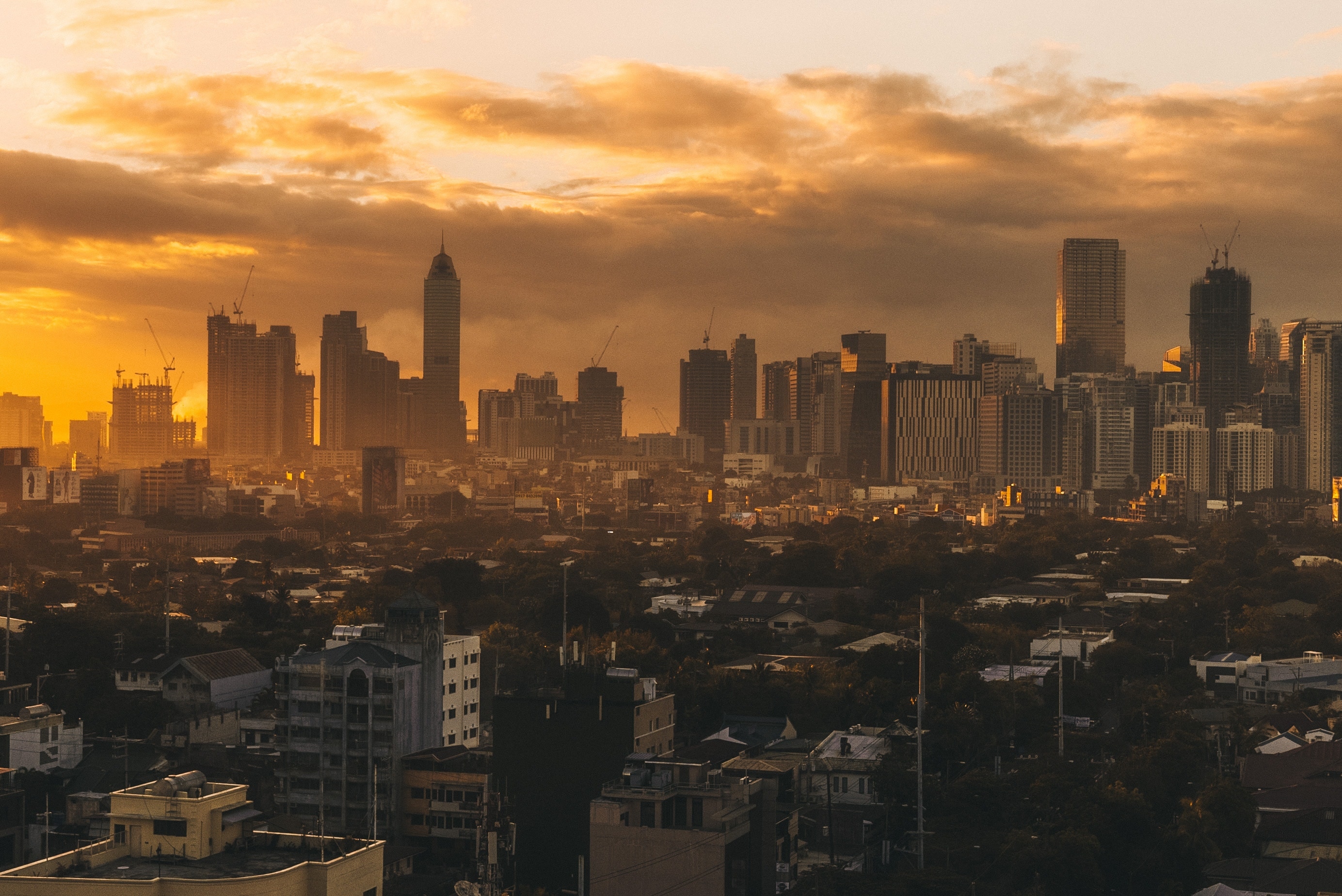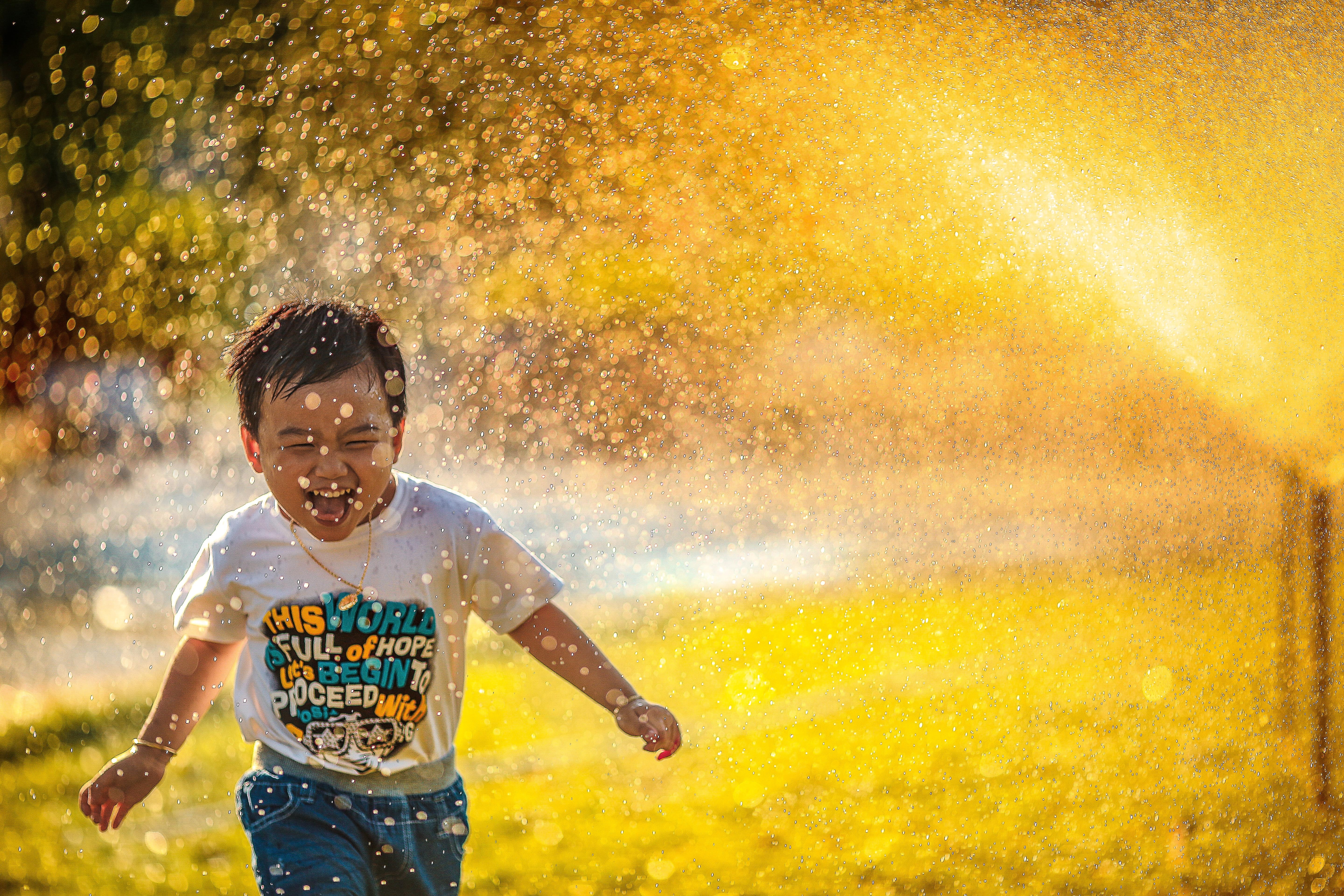During my last year of university pursuing a degree in architecture, I eagerly anticipated my nearing graduation after five long years, but I couldn’t help feeling like there was something missing. Up until that point I had enjoyed my classes and felt a sense of satisfaction knowing that my skillset and knowledge were growing, but I struggled to find ways that made my chosen path meaningful on a human level. I craved the fulfillment that comes with knowing that your profession is making a positive impact on peoples’ lives in a tangible way. After some soul searching, guidance from my mentor, and a few life practicalities, I arrived at the decision to pursue landscape architecture.

Defining My “Why”
Landscape design appealed to me for a variety of reasons. There are dimensions beyond design that relate directly to people’s lives, and factors that influence and shape their experiences. For example, I remember a classmate asking what the difference was between architecture, or shall we say the architecture of buildings, and landscape architecture. Someone simply said “time”. Time is an added dimension of landscape architecture due to its organic nature. Projects are only completely realized in vision after a certain amount of time has passed and can only be fully appreciated once foliage has matured. This requires patience as the landscape evolves with each passing season and delivers a delayed but magnified form of gratification. The same space can act as a blank canvas continually reflecting the energy, light and sound that it embodies.
Landscape architecture also acts as a problem-solving tool and considers environmental factors like preservation and sustainability. Exciting things can be done with the regeneration and repurposing of land, and cities can be reenergized with the introduction of parks and green open spaces. It connects the built to the natural environment, and acts as a bridge between the two. Ultimately, it gives the architect the opportunity to tell a story through beautiful design while also creating context for those who use the space.
What It Means to Me – My City
At the time I made this decision there were hardly any landscape architects in the Philippines. There were plenty of architects and landscape contractors but considering what the city of Manila has become, I identified that there was a need, not only for more landscape architects, but also for more investment into the field of landscape architecture as a whole. What I mean by this is that, before the war, Manila was a beautiful vibrant city filled with green open spaces. It was very well planned; balancing urban development with nature, but now it’s become a dense and overly developed metropolis. Joni Mitchel’s famous verse “they paved paradise and put up a parking lot” comes to mind when I think of the current state of the city. I wish to make my city better and give my fellow countrymen the parks and public areas I know they deeply crave, and this was a key driving factor that led me to choose this field.

What it Means to People and Their Cities
In my role as a landscape architect I’m very mindful of the fact that what I do has a massive impact on people every single day. The memories that people associate with outdoor spaces relate to some of their happiest moments. The parks and promenades that I help design act as the backdrop for people’s daily lives, and creating these spaces allows me to shape the identity of the cities by helping build the communities that inhabit them. The projects landscape architects work on become defining landmarks synonymous with the cities they’re in, while also acting as the fabric that holds the city together. The iconic Central Park in New York City comes to mind in describing this in the way it provides a green refuge in the middle of the concrete jungle and connects the entire city together.
The spaces we create also act as a domain for people to enjoy the outdoors and indulge in the leisure and exercise that is fundamental to their well being. Spending time outdoors is scientifically proven to have a positive impact on everything from mood to blood pressure. It also encourages people to connect with their friends and families and it gives me a deep sense of satisfaction knowing that the spaces I work hard on creating are being used for their intended purpose of gathering and recreation.

